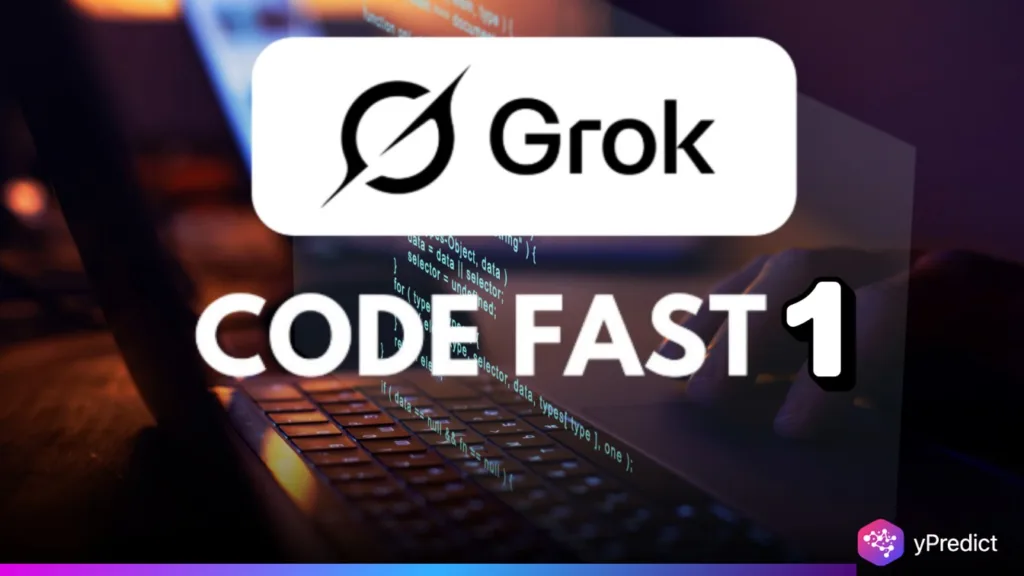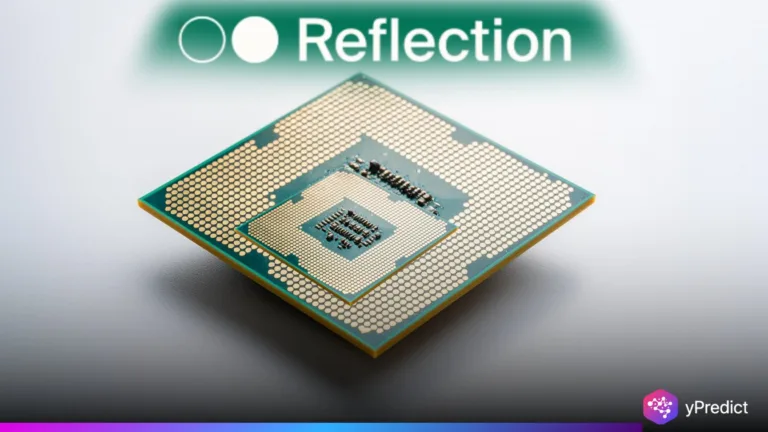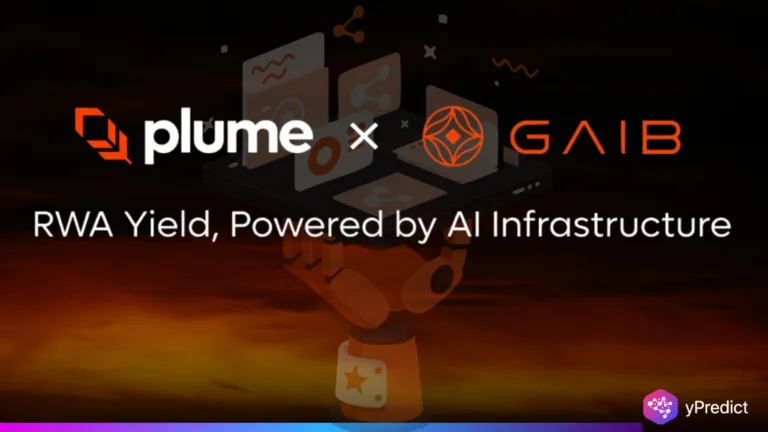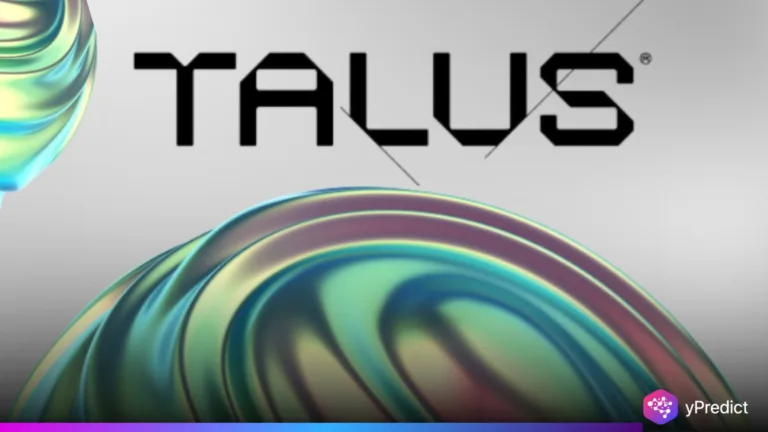
In a dramatic shift of the AI coding tool space, Grok Code Fast 1 now leads all models on the OpenRouter platform. It commands around 57.6% of coding traffic, far surpassing the combined share of all other models. Elon Musk, xAI CEO, confirmed this number on social media, noting the model’s rapid adoption and attraction. That’s a enough traffic share to make Grok Code Fast 1 the de facto standard in OpenRouter at this point.
What makes this dominance so impressive is how quickly it was achieved. It started taking down established contenders within days of its release. Such as Claude Sonnet (Anthropic). There are reports that indicate that this now sits comfortably on top of the OpenRouter leaderboard.
Design Focus: Speed, Efficiency, and Language Support with Grok Code Fast 1
At launch, the creators presented this tool as a “fast and cost-efficient reasoning model” tailored for agentic coding activities. They designed the architecture from the ground up. They also trained the model heavily on programming material such as real-world pull requests and bug fixes. So the model could seamlessly find its way into developer workflows.
This tool has full support for commonly used programming languages. This includes TypeScript, Python, Java, Rust, C++, and Go. It also has tool utilization (such as grep, file editing, terminal commands) in its responses. This allows for more enriched “agentic” interactions rather than simple code generation.
In benchmark results, xAI states Grok Code Fast 1 can generate approximately 190 tokens per second. And prompt-caching hit rates exceed 90% with launch partners. Both significantly adding to its perceptible interactivity. Internally it was evaluated to 70.8% on the SWE-Bench Verified subset, a test suite for software engineering tasks.
Pricing is kept low. $0.20 per million input tokens, $1.50 per million output tokens, and $0.02 per million cached input tokens.
Upon release, xAI announced to offer Grok Code Fast 1 free of charge during limited times on partner platforms. Such as GitHub Copilot, Cursor, Cline, Roo Code, Kilo Code, opencode, and Windsurf. This was done in order to promote adoption and wide testing.
Implications for Developers and the AI Ecosystem
Rapid attainment of Grok Code Fast 1 transforms quite a few parameters in the AI coding environment. Its depth in traffic share also indicates that developers are increasingly migrating towards models that prioritize low latency. As well as practical use over purely raw creative capabilities. The attraction is in how responsive it is. Waiting longer for code output is a pinch point in real workflows. And Grok Code Fast 1 feels like it cuts that wait in half.
Second, this pivot puts neck and neck pressure on competitors. This includes OpenAI, Anthropic, Google. The pressure is to double-down on performance-wins, pricing-models, infra efficiency. It should be fast, and predictable.
Third, for developer-centric industries (start-ups, SaaS, tooling), a high-performance model like Grok Code Fast 1 being more widely available means more streamlined pipelines. As well as faster prototyping, and potentially lower AI costs per engineer-hour.
Future Outlook for Grok Code Fast 1
A dramatic shift for AI-powered developer tools, as Grok Code Fast 1 took off to capture 57.6% of OpenRouter coding traffic. It is designed for speed, economy and agentic code usage. Its architecture has deeply resonated with developers. And, this has helped it to overtake competitors in an eye-poppingly short space of time. Having traffic share dominance doesn’t mean it’s perfect or ideal across all usage. But the popularity of the model does demonstrate a shift. Speed, predictability and integration may be just as important as raw intelligence for AI coding as they were for coding in general. The real test, as the model matures and competitors respond, will be whether Grok Code Fast 1 can tackle sufficiently complex, long-range software engineering problems and retain trust in its outputs.






